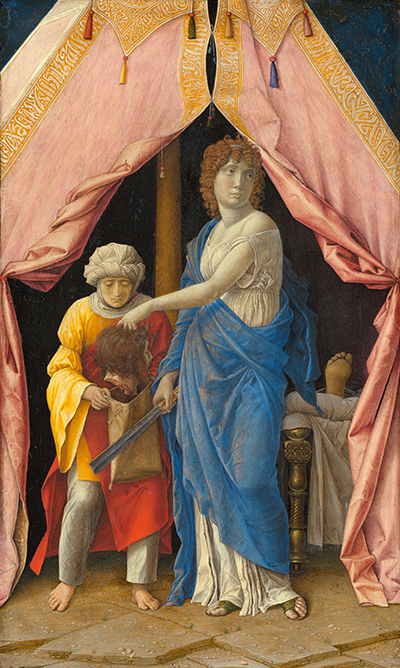There is much that is in renaissance art that as pertains to myths, tales, and legends. Indeed, there is much fascination in the way it is portrayed. The sources of the tales in question are from a multitude of sources.
These include pagan tales, biblical texts, and real events. Among these tales, some get more attention and mention than others, one of them being the one of Judith and Holofernes. There are several times that Judith and Holofernes are depicted in art as far as renaissance goes. Andrea Mantegna puts in his weight behind this is a biblical event, not leaving out the emotions as well as feelings that are portrayed by the players in the story.
Andrea Mantegna's unique style of presentation is evident one carefully examines the piece of art. This art depicting Judith and Holofernes shows diverse psychological, spatial and temporal moments in this particular story. All these do not lose the storyline as the story is captured well. Andrea Mantegna is the person who has largely influenced renaissance in Northern Italy.
The painting of Judith and Holofernes by Andrea Mantegna is a unique piece of art that tramples may pieces of art by others. The surface of the painting has clashing colours that light it up. He cleverly renders a specific time with startling detail making the painting to stand out. Mantegna goes beyond what others have captured in the story and shows Judith together with her maid putting Holofernes' head into a bag. Judith does this with much tranquillity and Mantegna doesn’t see the need to show the whole body of Holofernes.
In the painting of Judith and Holofernes by Mantegna, Holofernes' one disproportionate foot is seen while the other body is in the tent. This elicits a feeling that he has been reduced to very base levels. It attracts the feeling that the body is not even worthy to warrant a display. The bed that can be seen as symbolic of the chastity of Judith, something that was threatened by Holofernes.
However, he didn't live to enjoy his intended violation of her chastity as his lifeless body tells the story. The painting is available in the National Gallery of Art in Washington. This was after the painting was acquired by Joseph E. Widener who came from New York City in 1923. He kept the painting until 1942.




